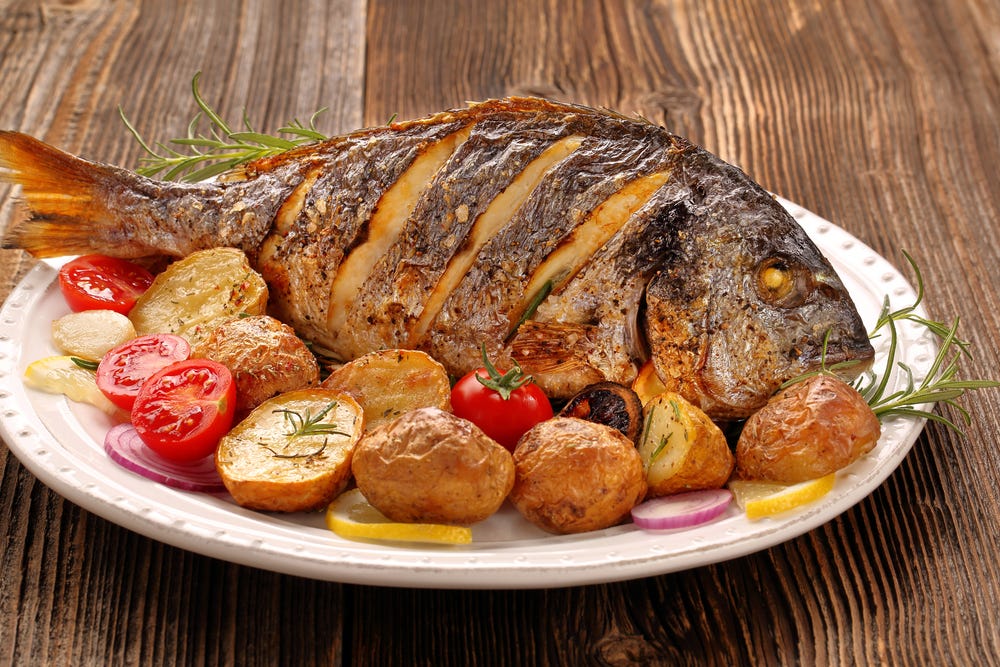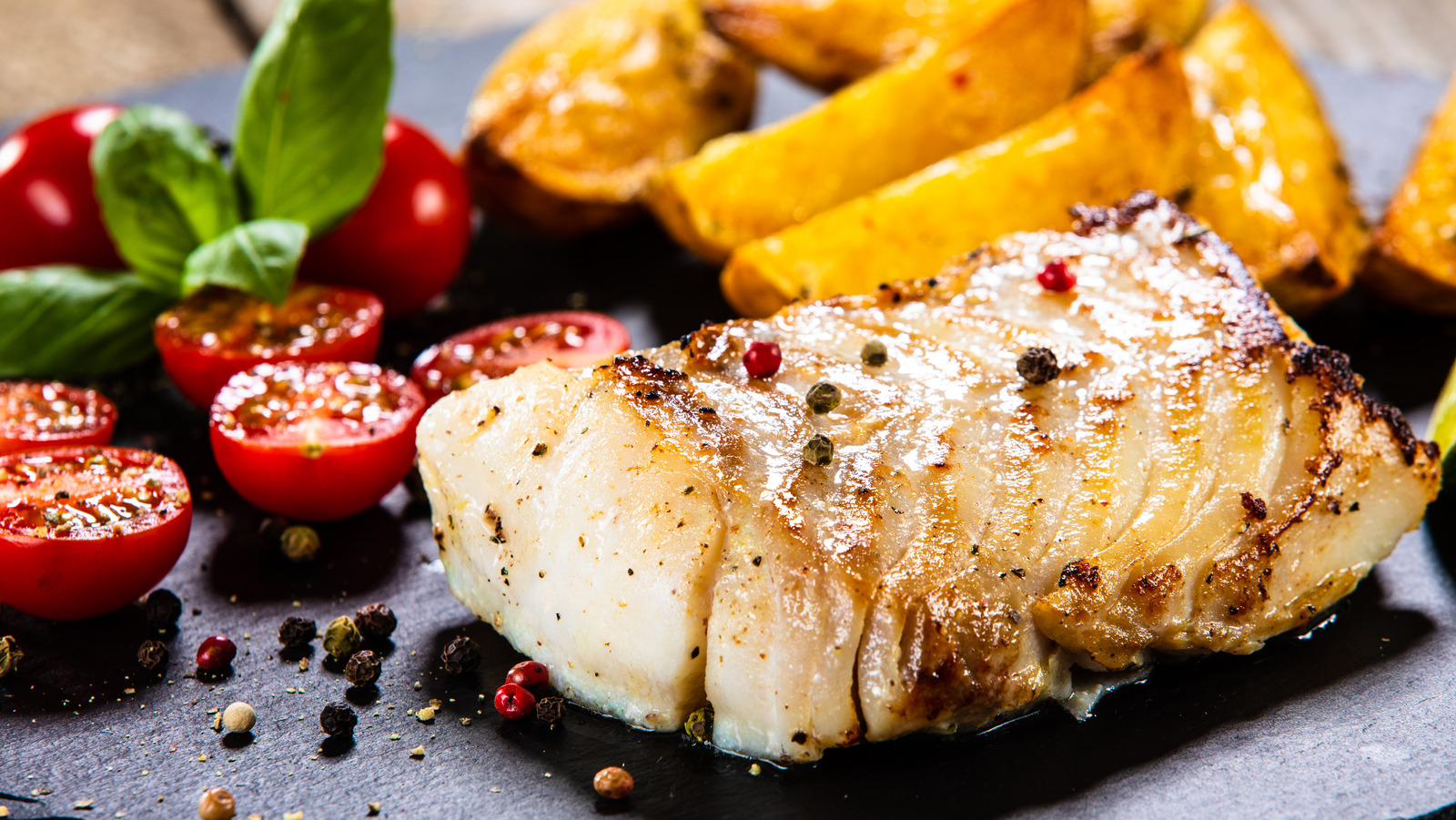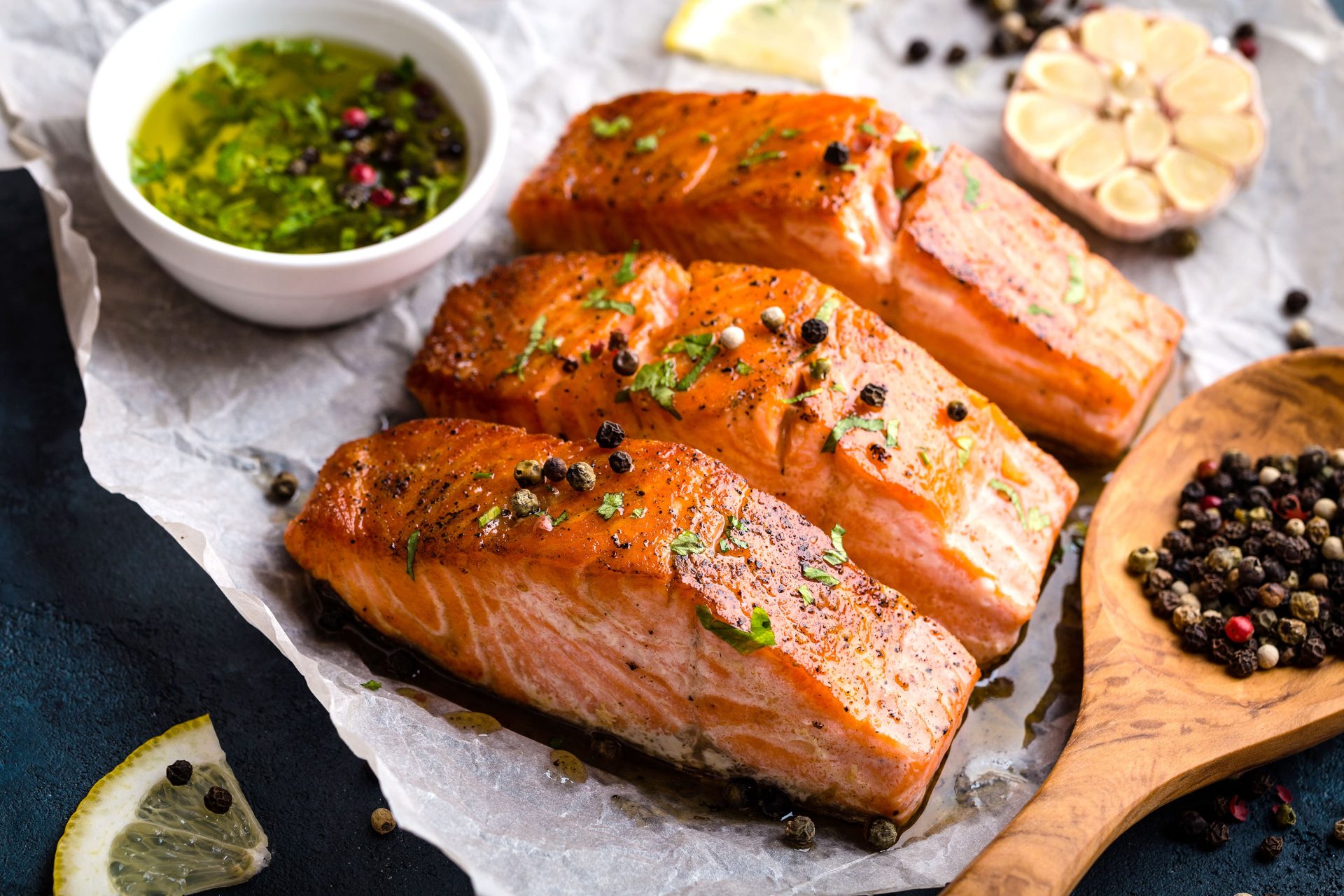Mastering How to Cook Fish in a Pan: The Ultimate Guide
Written By James Morgan
For those new to the kitchen or seasoned chefs looking for fresh techniques, learning how to cook fish in a pan is an essential skill. Easy, quick, and delicious, pan-cooked fish can serve as a cornerstone for various delicious meals.

Introduction to Pan Cooking
Cooking fish in a pan is a simple yet artful approach to preparing seafood. Whether you're using a pressure cooker, a sharp knife to fillet your catch, or an enduring cutting board as your trusty assistant, this method offers unparalleled flavor and texture. It might take a few tries to perfect the technique, but with a little patience, you can become an expert in no time. Various types of fish are particularly well-suited to pan frying, such as tilapia, salmon, and bass. The goal is to achieve a golden, crispy exterior while maintaining a moist, flavorful interior. For more detailed techniques, you can explore this external guide.

The Basics of Selecting Your Fish
The first step in mastering how to cook fish in a pan is selecting the right kind of fish. Freshness plays a crucial role. When purchasing fish, you want to look for clear eyes, red gills, and a firm texture. Fresh fish should also have a sea-fresh smell, not a strong fishy odor. Opt for sustainable choices whenever possible. For exact sourcing tips and recommendations, you can refer to this guide.
Types of Fish Ideal for Pan Cooking
The selection is vast, with several types of fish lending themselves well to pan-cooking. Here are some examples:
- Salmon: Known for its rich, fatty flavor.
- Tilapia: A mild taste that's perfect for flavor infusions.
- Sea Bass: Offers a delicate texture that crisps nicely.
- Cod: Flaky and light, great for a crispy finish.
:max_bytes(150000):strip_icc()/baked-whole-fish-garlic-chili-sauce-3217567-hero-01-54ea47133a05454cb55773fb5405201a.jpg)
Essential Tools and Ingredients
Before diving into the cooking process, let's talk about the essential tools and ingredients required to make your pan-cooked fish a success. For pressure-cooking enthusiasts, you might find our pressure cooking guide helpful as well.
Ingredients
- Fresh Fish Fillets (Salmon, Tilapia, Cod, or Sea Bass)
- Salt and Pepper
- Lemon Wedges
- Olive Oil or Butter
- Herbs and Spices (Optional: dill, parsley, garlic powder)
Essential Tools
- Pressure Cooker: Find it here
- Knife: Find it here
- Cutting Board: Find it here

The Cooking Process
Preparing Your Fish
Proper preparation is key to successfully mastering how to cook fish in a pan. Start by rinsing the fish fillets under cold water and patting them dry with a paper towel. Remove any remaining bones with tweezers (you can find specific fish bone tweezers online). Season the fish generously with salt and pepper, ensuring an even coating. For more preparation insights, check our simple guide.
Heating the Pan
Select a pan that balances size and weight according to the fish fillets. A non-stick or stainless steel pan works beautifully. Drizzle a teaspoon of olive oil or place a small pat of butter in the pan. Heat it over medium-high heat until the oil shimmers or the butter begins to bubble. Maintaining the right temperature is crucial; if it's too hot, the fish will burn; too cold, and it'll become greasy and soggy.
Cooking the Fish
Searing
Gently lay the fish fillet skin-side down if it has skin, ensuring it is spread out evenly to avoid overlapping. Let it sear without moving for about 3-4 minutes for thin fillets and 5-6 minutes for thicker cuts. This stage is critical as it forms the crispy, golden-brown crust that is a hallmark of expertly cooked pan fish.
Flipping the Fish
Once the bottom side is flawlessly seared, use a spatula to flip the fish softly. Continue to cook the fish on the other side, usually for half the time it took to cook the first side. The fish is done when it's opaque and flakes easily with a fork. Trust your instincts and experience; practice helps in achieving perfection. For more detailed instructions, read our comprehensive cooking tips.
Finishing Touches
In the final moments, squeeze a lemon wedge over the fish to add a fresh burst of flavor. You can finish the dish with a handful of finely chopped herbs such as parsley or dill for added brightness and aroma.
Healthy Side Dishes
Complementary side dishes can elevate your pan-cooked fish to a complete meal. Consider serving it with:
- Steamed vegetables like asparagus or broccoli for a balanced plate.
- Light salads featuring mixed greens, cherry tomatoes, and a light vinaigrette.
- Quinoa or brown rice for a nutty, healthy grain option.
Cleaning Your Cookware
Maintaining your tools ensures a long-lasting, efficient kitchen experience. After cooking, clean your non-stick or stainless steel pan using the appropriate cookware cleaner Find it here. Additionally, apply cutting board oil Find it here to maintain your cutting board in excellent condition.
As an Amazon Associate, I earn from qualifying purchases.
Conclusion
Now that you're equipped with everything you need to master how to cook fish in a pan, it's time to put that knowledge to practice. Whether you're a novice or consider yourself an experienced cook, these tips and techniques will surely elevate your culinary skills. Enjoy experimenting with flavors, herbs, and spices, and most importantly, delight in the delicious results of your efforts. Bon Appetit!



